My life changed five years ago. After eight years of marriage, the thing was in the process of being annulled, and I found myself moving out of my native city of New Orleans, out to Tangipahoa Parish with my dog, Bear, into the house where my dad grew up and on a small tree farm which used to be my grandparents’ dairy pastures. We have a joke in my family that the house, right on the border of Independence and Tickfaw, is in the suburbs of Tickfaw.
It was a time of deep and painful personal growth. I still commuted back into New Orleans most days to teach my classes at Loyola, but after the spring semester I resigned from my full-time professorial duties. The most important part of teaching is caring about the students, and at that point I didn’t have the capacity to truly give them the care they needed.
I ended up taking a government contract job as a software UI developer. It was the sort of job that you could leave at the office, and that separation between home and work gave me the time I needed for myself. Eventually, Bear and I moved back into the city, to a lovely apartment on Cambronne St. right around the corner from the Maple Leaf Bar on Oak.
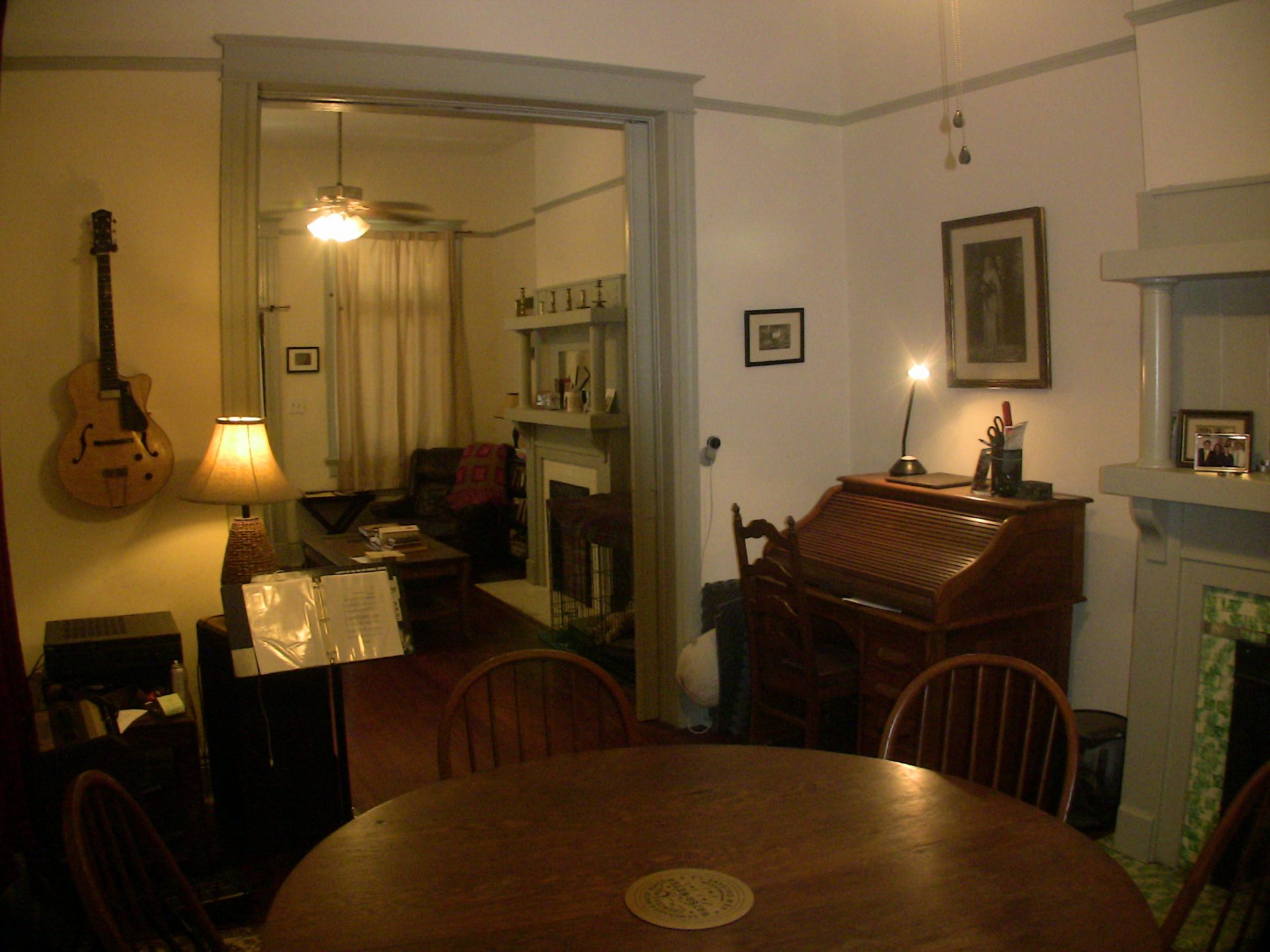
Those two years were emotionally complex. Here I was, a single guy again, living in a very hip and walkable neighborhood, developing a lot of good friendships with all of the folks who lived and worked there. Bear had a big back yard — by city standards — and we took long walks along the levee and to Audubon Park and back. I had some of the greatest funk, r&b, and soul music in the world right around the corner from me every night of the week, whenever I wanted it.
I was also playing gigs around town, most of the time with a trio made up of Todd Duke (Requiescat in pace) on guitar and Marcello Benetti on percussion. We had a lot of fun gigs, mostly at a neighborhood wine bar named Oak and weekend brunches at Atchafalaya. We mixed my originals with standards, about 50/50, and more than anything else it was always about the enjoyment of hanging out and playing with those guys.
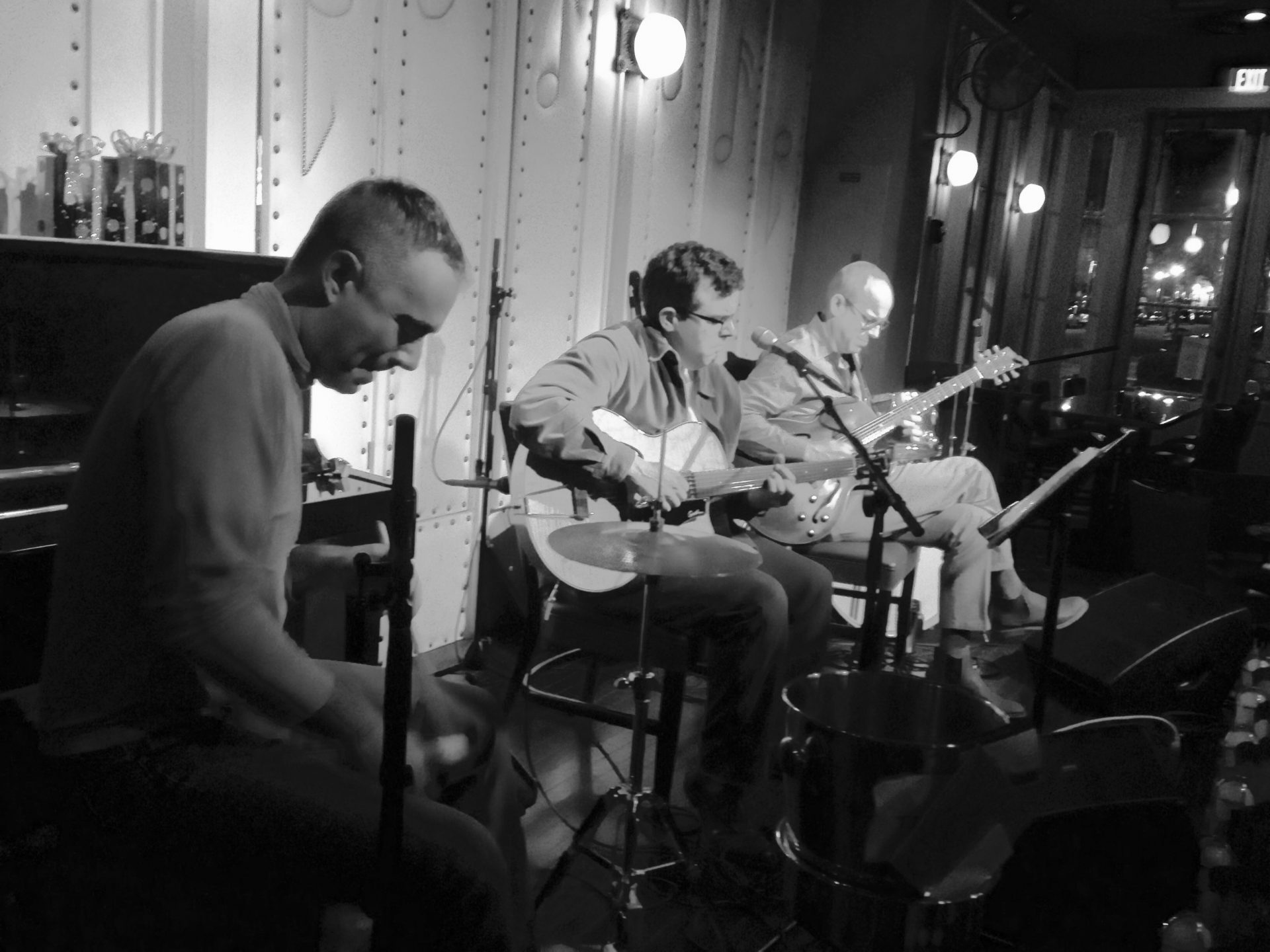
But during that time I was also waiting on the annulment to be granted. It was frustrating, bordering on agonizing. In hindsight, there is a lot of wisdom in the long process that was required of me, but it was very difficult to see that at the time. I felt trapped, sometimes anxious, and sometimes just plain numb.
All this time, I wasn’t writing songs. In fact, I hadn’t written much since my 2011 album, Jazz Animals, which had a few good tracks, some of which gave me an opportunity to play at Kerrville New Folk but was, if truth be told, an album that we tracked in two days and not my best songwriting. My music has always come from a place of hope and joy, and many of those songs now seem like a band-aid to something missing in the life I was then living in Fairhope, Alabama.
I did write one very funny song in 2012, at the Glen Workshop in Santa Fe, titled Business as Usual, which is something of mix between G.K. Chesterton and Randy Newman. I had read that the patron Saint of advertising is St. Bernardine, and after a few drafts morphed the whole thing into the narration of a character named Bernie Berman, a salesman who given free rein by his company. Also, in 2014 I wrote and recorded a single, Sound of the Streetcar, which was a happy ditty that I recorded at Loyola with some friends. But for the most part, that was a very unfruitful time in my life in many aspects.
I continued to be a coder for the government and was finally granted the annulment. I had a great life in New Orleans, was having fun playing music around town, had a well-paying day job, saw many of my old childhood friends around town, and had a clean slate in front of me. But there was still something missing. I wanted more, something deeper, something more meaningful. I wanted, and still want in other ways, to live a life of service.
Something More
I started looking into the possibility of a religious vocation. Perhaps God was calling me to a different way of life. In my 20’s I had given this some thought too, after studying theology as an undergraduate. Reading Thomas Merton in my 20’s, the idea of being a monk sounded romantic and other-worldly, but the reality of that calling is much, much different than simply the idea of it. Now that I was in my 40’s I still didn’t feel called to be a priest, but I felt the tug to at least look into doing something different with my life. And most religious orders don’t take guys in their 40’s anyway.
Perhaps I was meant to be a religious brother, I thought. I went to visit Belmont Abbey near Charlotte (twice, actually), but the Benedictine vow of stability (having to always live in the same location) was ultimately not a good fit for me. Then I started thinking about the Jesuits. I had grown up in a Jesuit parish in Uptown New Orleans and more recently had taught at Loyola. The scholarly charism of the Jesuits seemed like it might be for me. Moreover, when I was struggling with my marriage, toward the end, I had spoken with Fr. Eddie Gros, S.J., who was so kind to me and who had demonstrated the best in humanity, helping me spiritually and emotionally at that time when I needed it the most. Through a long process of writing my spiritual autobiography, talking with many of the Jesuit priests and brothers in New Orleans, and going through psychological analysis, I was accepted into the Society of Jesus to discern the 8-to-11-year process of becoming a Jesuit brother for the rest of my life.
The Purge
I sold or gave away everything I owned. I must have made three or four trips to Bridge House on Earhart, with my Ford Ranger filled with everything from clothes to linens to furniture to books and CDs. A lot of things went the way of Craigslist. The only things I kept were my two guitars, some musical equipment, and computer equipment that friends held onto for me. My cousin, Parish, who lived in Houston at that time, offered to take Bear into her home, so I made the 12-hour round-trip drive to Texas and sold my truck a few days later to a dealer in Kenner by the airport.
In September, 2017, my sister Celeste and her husband Noel drove me and the little bit of stuff I still owned to Grand Coteau, LA to become a Jesuit novice. I was by far the oldest in the cohort, old enough to be many of the other twelve guys’ father. It was a wonderful place — one part novitiate, one part retreat house, and one part retirement home for the older guys in their 70’s up to their 90’s.

Ultimately, I realized that life was not for me. I spent four months there — which seemed a lot, lot longer. I could do another lengthy blog post just about that experience — living in a community of superbly good men, no cell phone for 4 months, limited Internet use, and lots of prayer and opportunities for service. I made some really close friends and let God come closer to me. Thirty of those days were spent doing the Ignatian Exercises in silence. Luckily before too long it dawned on me that I might be there looking for a job, but that is not the same thing as a vocation — a calling (vocātiō). In the novitiate, though, I wrote the best song I had written in a long time, Dusty Old Clock.
Sometimes God puts a desire in your heart that is very real, but not always for the reasons you initially think. I was supposed to go there, I truly believe, but only to learn that I was not supposed to stay.
From One Swamp To Another
While I was there I did hear the call to move to the East Coast to be closer to my sister, Courtney, in D.C. and my brother, Roy, in Philly and their respective families. So that’s what I did. I rented a car and fit everything I owned in it, stopping in Fairhope to pick up some equipment that my friend, Karl, was holding onto for me. The next day I continued north to see a lifelong friend, Johnny, at his beautiful house in the mountains of Georgia.
I got to D.C. and stayed with Courtney while I looked for a job. I found one in Old Town Alexandria for a government contractor, which was less than ideal but got me to move to an apartment near the King St. Metro station. A few months later, after not enjoying that work culture, it just so happened that I found another job as a UI developer at possibly the best company on the planet, The Motley Fool, which was only three blocks from my apartment. So many things fell into place so perfectly — I began to walk to work each day to a job I love with really fun and intelligent co-workers.
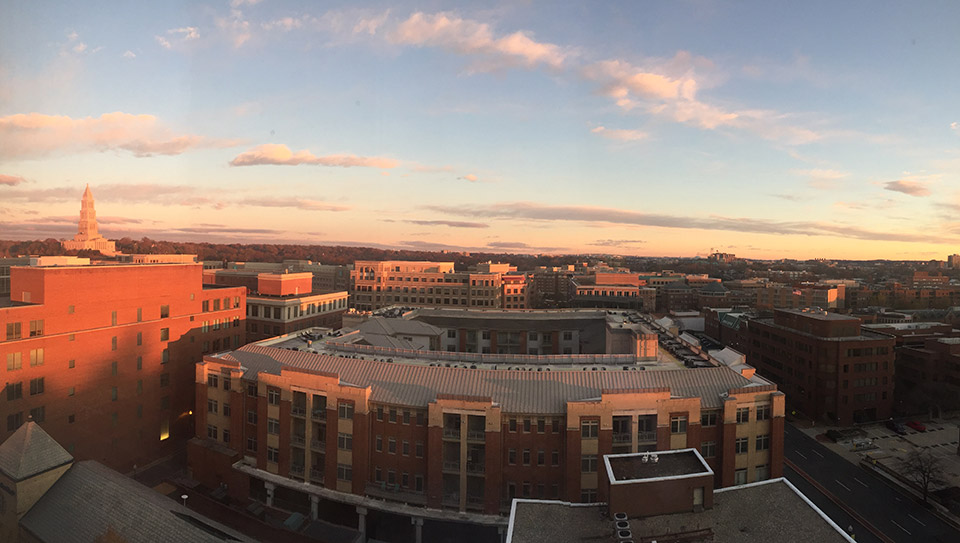
Playing Again
In the late summer of 2018, I went on AirB&B and rented a cabin in the mountains of West Virginia for a week, by myself, to write new songs. It was the week that Hurricane Florence hit the coast of North Carolina. I had recently bought a baritone guitar and on it found a sweet spot to create a song titled Waves. I also wanted to improve my walking jazz bass on solo guitar, and from that came another tune, You Gotta Breathe. That trip to that cabin was the initial spark to wanting to make a new record.
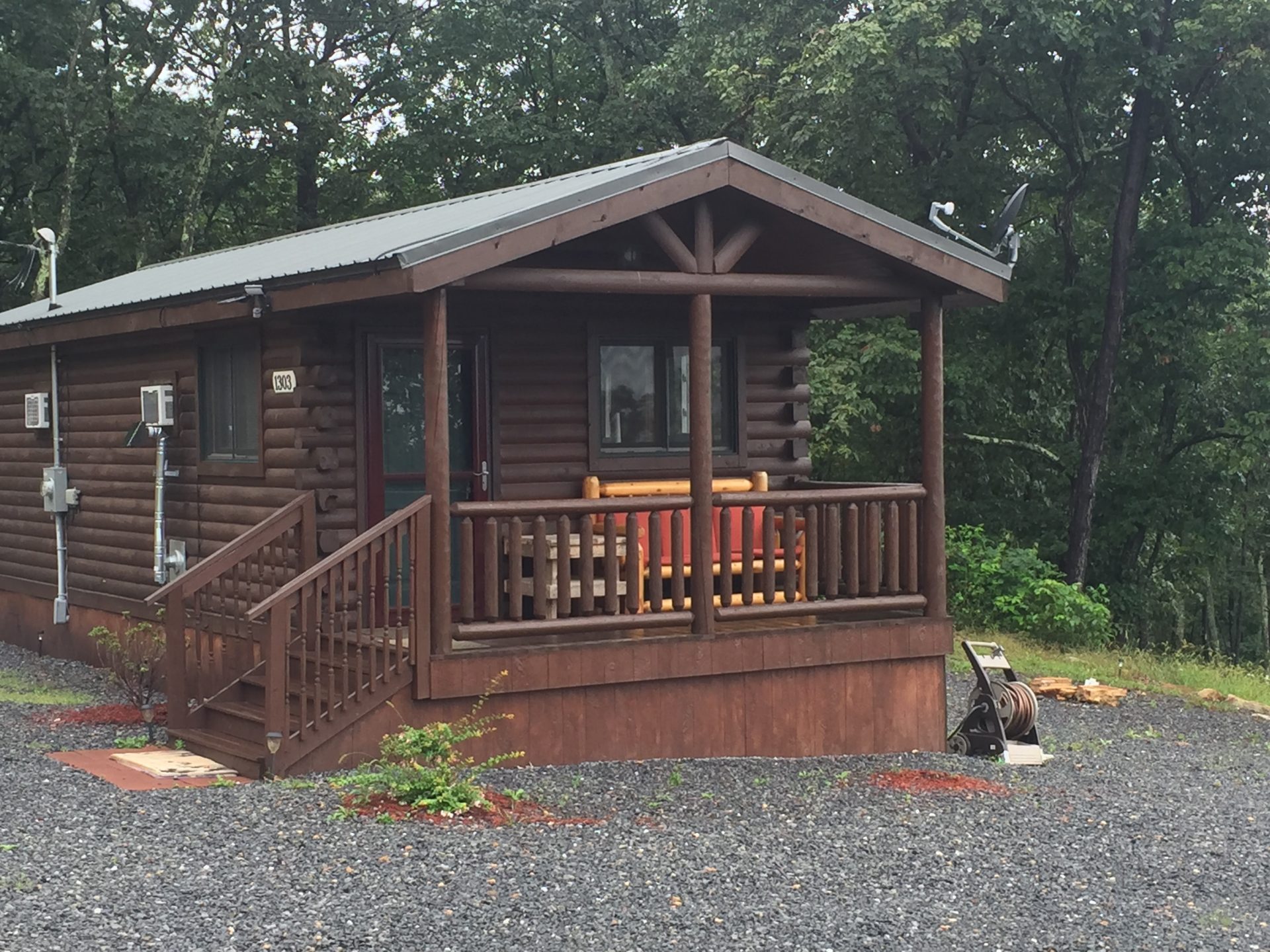
It’s not easy to find music venue gigs in a new town where nobody knows you. You might be able to book the date, but putting butts in the seats is another animal altogether. However, it was easier to look for the types of gigs I had in New Orleans, at wine bars and brunches and the like, and I did find a hotel bar in D.C. and a winery in Northern Virginia that hired me for a few gigs.

Then, something wonderful happened that recharged my desire to write and play more of my own music, no matter how hard it is to sell tickets to live events. I was given the opportunity by a local MC in the area, Ron Goad, to showcase my original songs to a listening environment in Reston, VA, and for the first time in many years, I felt a real connection with the audience. They were quietly listening — attentively and soberly — and really digging my lyrics. It was maybe my favorite gig I had had in a decade.
I decided it was time to record a new album.
I knew I needed a good team of people to help me. I did some research and put out some feelers on possible producers, and my former department head at Loyola, John Snyder, suggested that I contact Scott Billington. Scott and I had both been on the faculty at Loyola, but I had known about him for a long time. He’s been a Vice President of A&R at Rounder Records, is extremely well-respected in the folk and roots music communities, and the year we worked at Loyola together his production of Bobby Rush’s album, Porcupine Meat, won a Grammy Award for Best Traditional Blues Album.
I talked to Scott over the spring and summer of 2019, and it was a great fit. I finished up several new songs, some of which I had just been pieces for over 10 years. He suggested we call on Steve Reynolds to be the engineer. Steve had been the owner at Ultrasonic Studios in New Orleans for many years and now lives in a remote part of Colorado.
We talked about a rhythm section, and Scott suggested we look into using James Singleton and Johnny Vidacovich who had worked with Scott on other recordings including James Booker’s Classified and Charlie Rich’s Pictures and Paintings. I had known James for many years and admired his bass playing, and I have been a lifelong fan of drummer Johnny Vidacovich, so when I found out both of them were available I was delighted beyond the moon.
Steve, Scott, and I combined know a lot of musicians in New Orleans, so we decided that recording it there would give us the best options and flexibility. Scott lined up Helen Gillet (cello), Dave Easley (pedal steel), Michael Skinkus (percussion), and Johnette Downing (vocals). Johnette is Scott’s amazingly talented wife who has a beautiful voice. I contacted two of my favorite people, John Gros (organ) and Marcello Benetti (percussion). We booked some time at a small studio, The Rhythm Shack, in my old Carrolton neighborhood (where I lived those two years before the novitiate) for late October, 2019.
I set up a GoFundMe campaign and received donations from around 70 wonderfully generous and kind people.
The Week We Recorded
At the start of the week when the Washington Nationals won the World Series, I packed up my white Ford Escape with all of my music gear and music charts. The song structure was all mostly there, but some of the arrangements and parts were still a mystery at that point, as was the overall sound. I knew from my past experiences to be open to all good possibilities. I was surrounding myself with amazing people, and I just had to trust that we were going to make something beautiful.
After spending Saturday night in a nasty motel in Chattanooga, I arrived in New Orleans on Sunday. I had a nice dinner with my mom and my brother, Ed. I had been to New Orleans twice already that summer for my father’s funeral and another funeral of our dear family friend, Minnie Butler.
I met Scott and Steve (who drove in from Colorado) at the studio on Monday morning. I would like to recall everything that happened that week, but I think that might be impossible. Those two guys are amazing and have the best work ethic I have ever experienced in the music industry. For five days straight we worked 9-to-15-hour days. They knew I had to get back to D.C. and only had five days to track everything.
In the studio we mostly used my charts (some of which needed editing), but did some arranging on the spot and generated a lot of creative ideas in the moment. We called on three other musicians whom all of us admire, Tim Laughlin (clarinet), Jeff Albert (trombone), and Jake Eckert (guitar) to complete the songs.
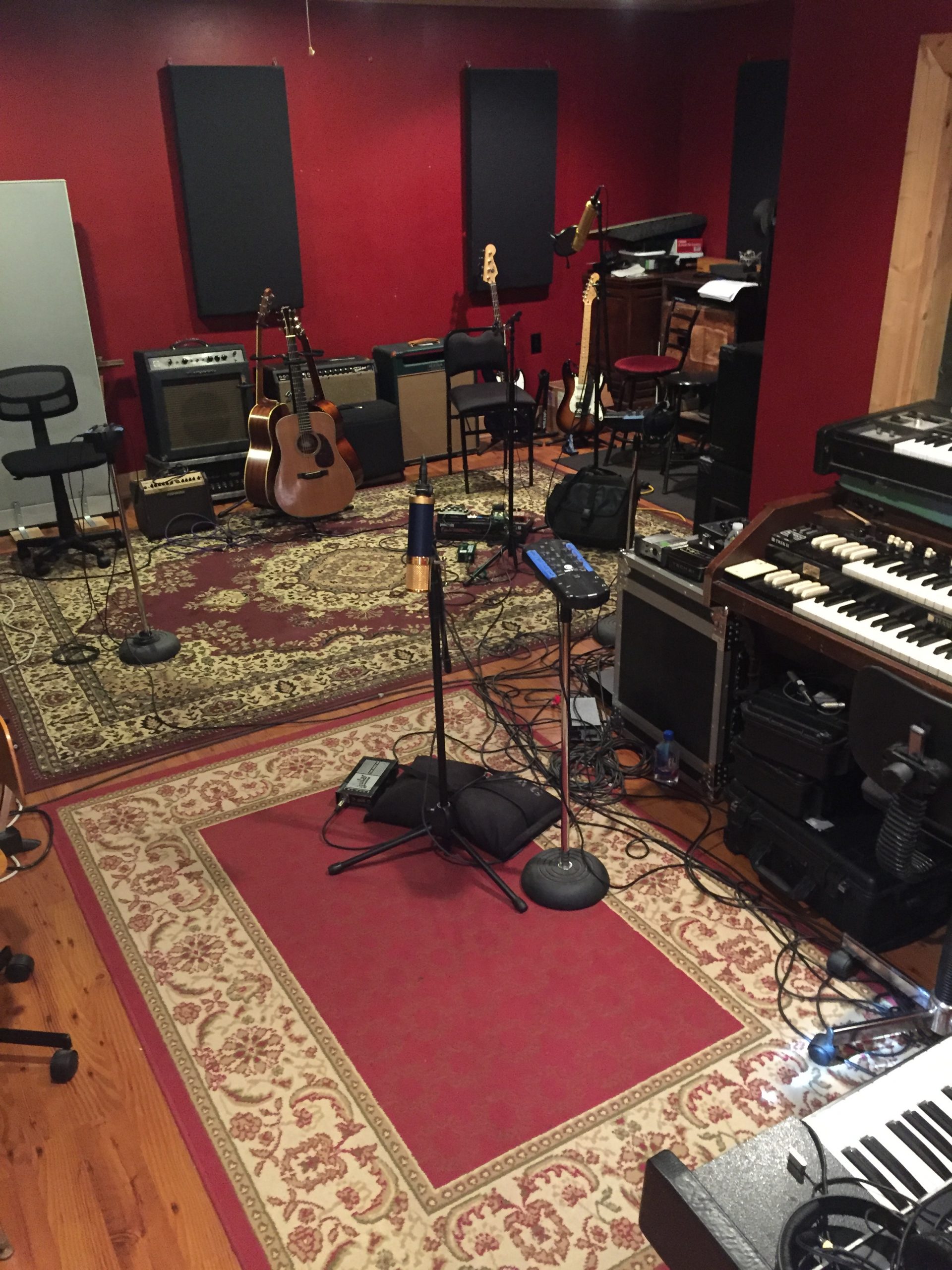
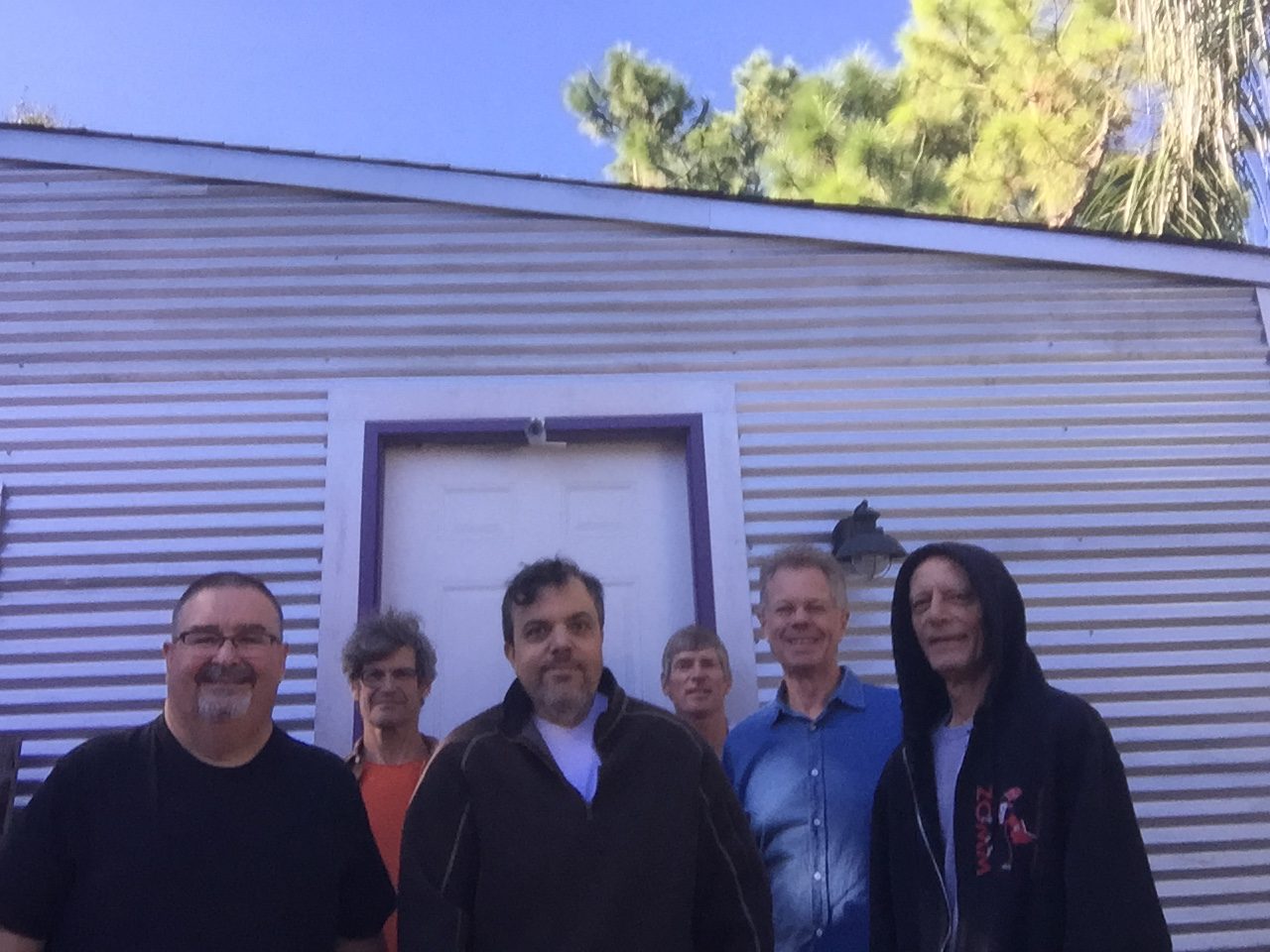

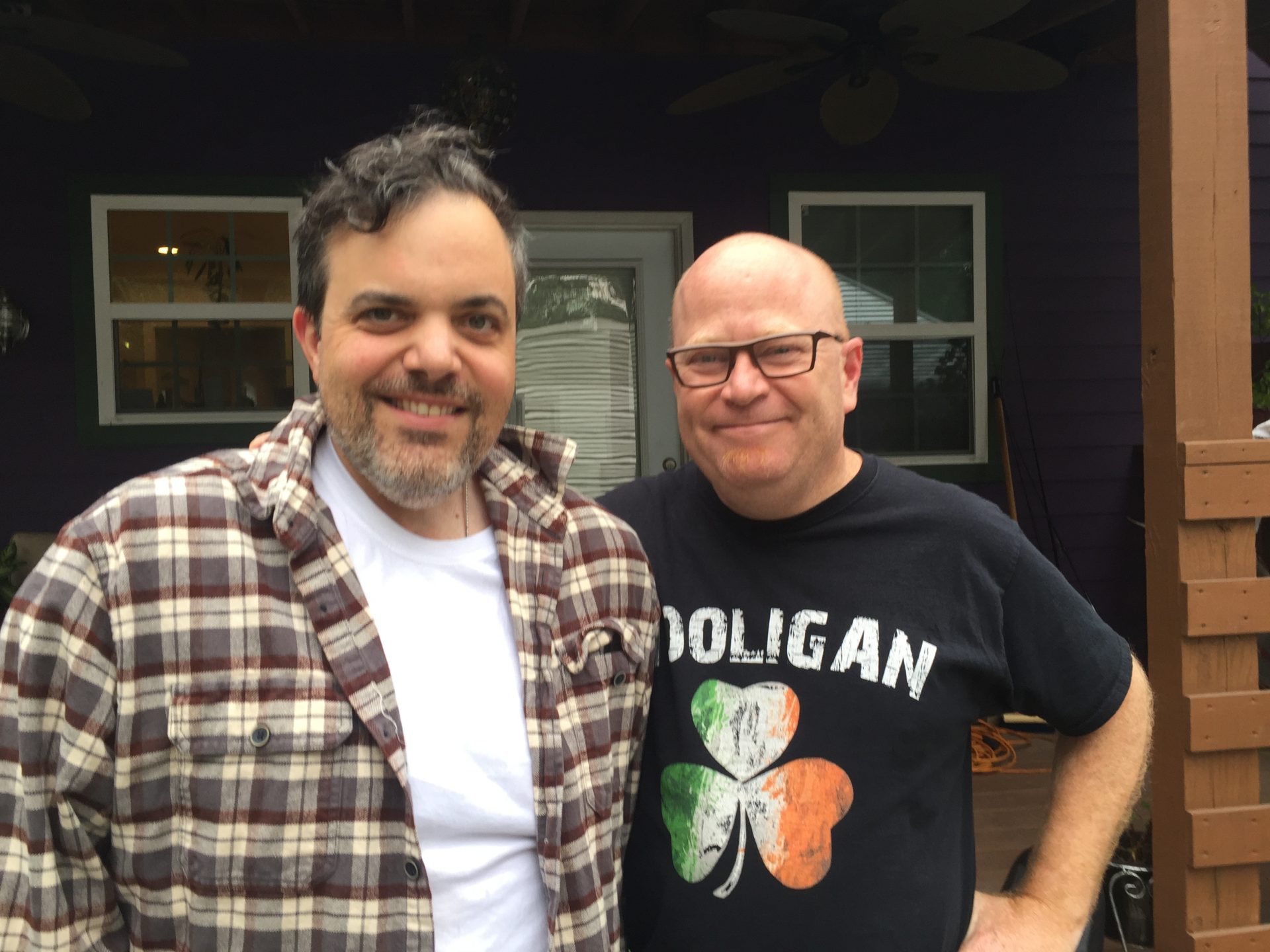
When we were done I drove back to D.C., stopping at my friend Johnny’s house as I had done two years earlier after leaving the novitiate.
It took me a few days to get back into my daily routine again — it helps that I love my job. Steve took the raw files back to Colorado with him, and he, Scott, and I, went back and forth via email and Dropbox getting it just right. Once we got the mixes just right, they recommended I contact Paul Blakemore to master the album.
The Album
The album came out beautifully. It is a very warm sound of the sort of multi-genre songs I have done in the past. However, this one is very special. There is a lot of my life poured into this — the joys and sorrows and the need to just laugh sometimes.
I hope you take the time to follow its release and the separate releases of each song as singles on various online platforms such as Spotify.
You may also pre-purchase the album on CD and have it sent to you in late March, 2020.
Oh Burke! Life sure has been a roller coaster. My children are growing up listening to your music and we cannot wait for the release of your next album. I sure do miss seeing you around town. Take care old friend.
Thank you Sarah!
Thank you Burke I loved reading this. We share the same drive for authenticity, and your path is inspiring. You inspired me very early, before I was even aware I was a songwriter. You helped lovingly critique some if the stuff I was coming up with and I was in awe of your calm command of your guitar and your voice. I loved hanging with you and jamming together when you were in SD last year. So many great memories, my dear friend, and I thank you for being in my life. I can’t wait to hear the album.
Thank you Mike 🙂
I heard you once at the Barbeque blues joint on Front Street in Slidell BEFORE Katrina. I bought a copy of ‘Good’ that day. I never forgot it. I even added some of your James Taylor covers to my own sets after finally seeing how it was supposed to be done. Can’t wait to hear this record. I wish you luck on your journey Burke.
Thank you Jude!